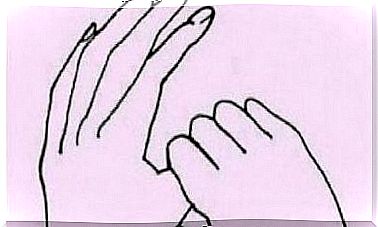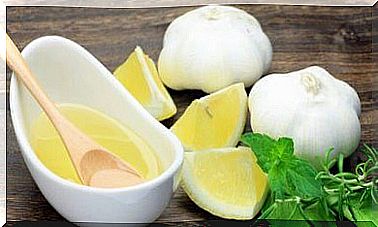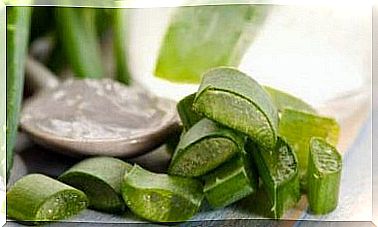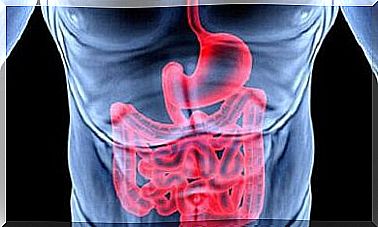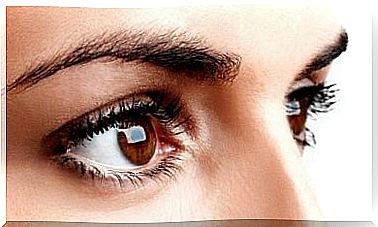Remove Earwax Without Damaging Your Ears

Ear problems can affect anyone at any age and are due to many different factors. If you’re having hearing problems, your ears may be clogged with earwax and you’ll need to remove it. In this article, we look at the best ways to do this without damaging this organ.
What is earwax?
Earwax is a substance that is produced naturally and has the function of protecting our ears from bacteria and other harmful substances.
Earwax is also a natural lubricant for the external auditory canal. However, it often accumulates and leads to all kinds of discomfort such as irritation, constipation, dizziness, itching and even partial hearing loss.
Consequences of not removing a blockage of earwax
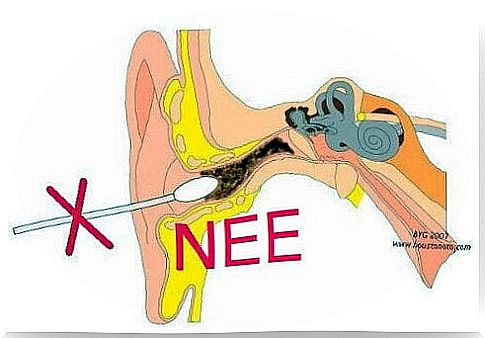
It is important to be aware of the most common causes of ear discomfort due to earwax buildup. This is because it can lead to irritation if there is a blockage in the ear canal. This buildup is often the result of using cotton swabs, which only compress it in the ear.
The same can happen with the use of other pointed objects, such as hairpins, that you may be using to remove wax in your ear.
Just like with cotton swabs, these types of elements push the wax further into the ear and this can easily lead to a blockage. People who use earplugs or headphones are also at a higher risk of excessive buildup of earwax.
Symptoms
If there is too much earwax in your ears, the following symptoms may appear:
- Itching of the ear canal
- Feeling like there’s a plug in your ear
- Dizziness
- Ringing sound in your ear
- discharge from your ear
- Hearing problems
- Earache
How to remove earwax without damaging your ears
The following recommendations have a common pattern, which is that you should not put sharp elements into your ear canal. Cotton swabs are designed solely to clean the outer ear, not the inside of your ear. Here are some better options.
1. Saline
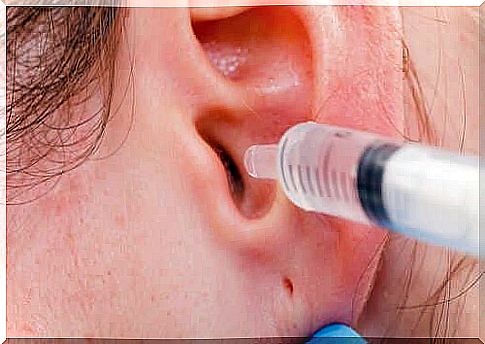
- To use this, simply mix a teaspoon of salt in half a cup of water until it dissolves. You can also use a commercial serum if you’re more comfortable with that.
- Then soak a piece of cotton with this mixture and let a few drops of this solution drip into your ear canal while tilting your head slightly to the side.
- Hold this position for a few minutes to allow the fluid to enter your ear. Then tilt your head in the opposite direction to let the solution run out again.
2. Oil-Based Preparations
Oil-based preparations, commonly sold in pharmacies, are one of the safest and most effective means of removing earwax. Due to the oily nature of the wax, these oil-based preparations can help dissolve the upper part of the blockage for later extraction.
- First put a few drops of this oil in your ear and leave it on for about five minutes. In the meantime, try not to move.
- Repeat this procedure two days in a row so that the wax plug dissolves completely.
- As a final step, wash your ear with warm water to remove traces of earwax.
3. Hydrogen Peroxide
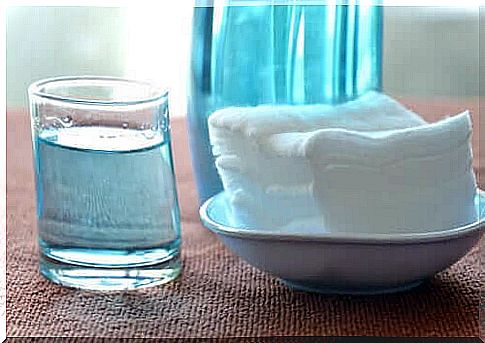
- Mix equal parts 3% hydrogen peroxide (no higher concentration) with water. You can also use store-bought peroxide solutions for this.
- Put a few drops of this mixture in your ear while tilting your head so that the mixture enters the ear canal.
- Let the mixture sit for a few minutes and then turn your head to the other side to drain the remaining liquid.
4. Glycerin
Glycerin is a natural ingredient that can help soften earwax and facilitate its removal. You can buy it in most drugstores. Put four drops in your ear, three times a day, for best results.
5. Olive oil is a good way to remove earwax

Extra virgin olive oil is another great substance that you can use to liquefy and loosen earwax to facilitate its removal. Before going to sleep, put 2 to 3 drops of olive oil in the affected ear and let it do its work. Repeat this 3 or 4 days in a row.
These remedies can help you effectively remove earwax plugs. However, if the clot does not completely dissolve or if you experience new symptoms, see your doctor. Remember not to use items that will only increase the build-up of earwax, such as earplugs and headphones.


